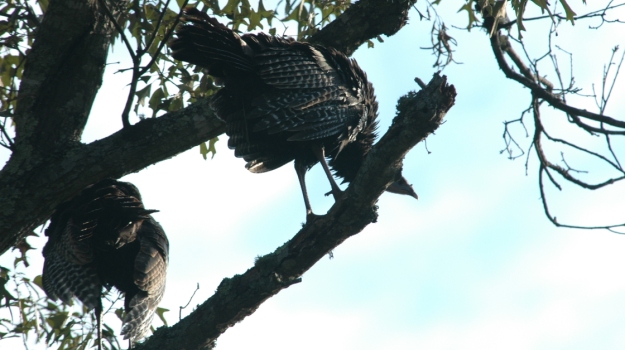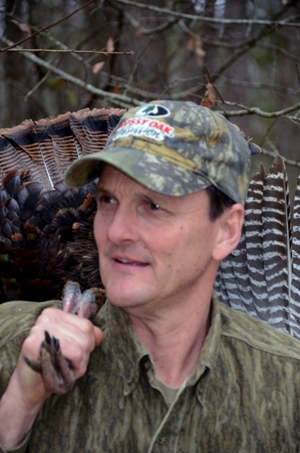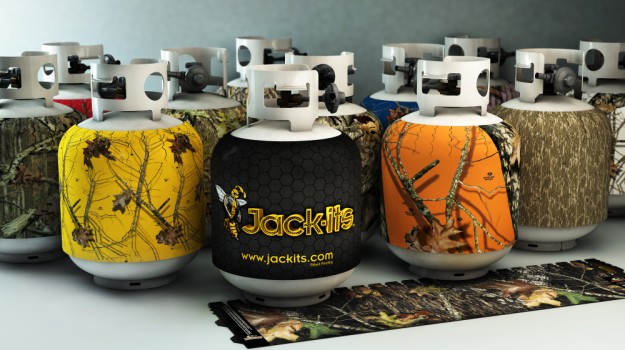Bob Walker Says a Turkey Gobbler May Hear Farther Than He Can See

Editor’s Note: Bob Walker of Livingston, Alabama, a Mossy Oak turkey pro, also is one of the hosts on the Mossy Oak “Turkey THUGS” TV show. Walker has been a turkey hunting guide at Bent Creek Lodge in Jachin, Ala., for more than 30 years and has hunted turkeys his entire life. Walker believes if you know what the turkey knows, then you can take more toms.
We all know that a turkey’s eyesight is almost equal to the eyesight of an eagle. But often, we forget that a turkey’s hearing is probably better than his vision. When most hunters are cleaning out a spot to sit down and call to a gobbler, they fail to realize that more than likely that gobbler already has heard them before they sit down to call. Too, when hunters reach the spots they want to call from, they may plop down on the ground - never realizing a turkey can hear that sound and know what it means. These birds generally won’t come to your calling.
When a gobbler is on a limb gobbling before daylight, he's listening for a hen to call to him and for any predators that may be close to where he’s planning to fly down. The turkey knows that foxes, bobcats and coyotes can hear him gobbling, when he's trying to call in his hens, and that they may get close to where he is to meet his hens.
The gobbler also recognizes all the sounds that a turkey hunter makes and will stay away from that location. Turkeys stay alive by using their eyes and ears. I explain to my hunters, “Don’t lean up against the tree, and slide down to the seated position where we’re going to call. Don’t drop down on your butt when it gets close to the ground. Support yourself with your hands before you sit down, lean away from the tree trunk, and ease yourself down to the ground with your hands to make the least amount of noise.”
 Last year I was guiding for a client, and we heard a turkey gobble. The turkey was feeding in a green field, and we were walking down a woods road that intersected a road on the right that went to the green field where the turkey was gobbling. When we reached that intersection, we were 70-yards away from the bird that was gobbling. I told my hunter, “We are really close, so we have to be very quiet when we sit down to start calling. Just ease yourself down to the ground. I'm going to move 20 or 30 yards behind you and start calling. That turkey should walk out of the green field and down the little road in front of you. You should have an easy shot at 20 or 30 yards.”
Last year I was guiding for a client, and we heard a turkey gobble. The turkey was feeding in a green field, and we were walking down a woods road that intersected a road on the right that went to the green field where the turkey was gobbling. When we reached that intersection, we were 70-yards away from the bird that was gobbling. I told my hunter, “We are really close, so we have to be very quiet when we sit down to start calling. Just ease yourself down to the ground. I'm going to move 20 or 30 yards behind you and start calling. That turkey should walk out of the green field and down the little road in front of you. You should have an easy shot at 20 or 30 yards.”
The tom was gobbling his brains out. Apparently his hens had left him, and he was really fired-up. “We should be able to take this turkey in a matter of minutes,” I thought to myself.” But then when my client sat down, I heard his fanny hit the ground with a “whop” that sounded like a 10-pound bag of flour had been dropped from 6-feet up. The turkey kept gobbling, but because he'd heard that sound, he wouldn’t come walking down that road like he should. I was watching the turkey with my binoculars. I saw him go out of the green field away from us, cut through the woods and cross the main road we’d been walking down about 90-yards away from us. He made a big circle all the way around us. If my client hadn’t sat down so hard, I believe that turkey would’ve walked out the little green field road, and my hunter could’ve bagged his gobbler within 10 minutes after he sat down. This is a classic example of how a good turkey hunt can become a bad turkey hunt in a matter of seconds when the hunter sits down too hard.
I try to explain to each one of my clients, “When I start calling, the way you sit down on the ground often will determine if we bag that gobbler that day or not.” Next, I show my client how to sit down quietly. Remember, the gobbler knows that something is always in the woods that’s trying to kill and eat him. Older-age gobblers won’t go anywhere close to anything that may be a predator trying to take him.
The moral of the story is: when you're approaching a gobbler to start calling to him, don’t just walk quietly and not talk. When you sit down, make sure that longbeard can’t hear you.
To get a free turkey eBook, “The Turkey Gobbler Getter Manual,” go to http://johninthewild.com/free-books.




























